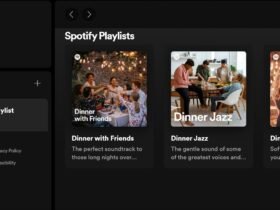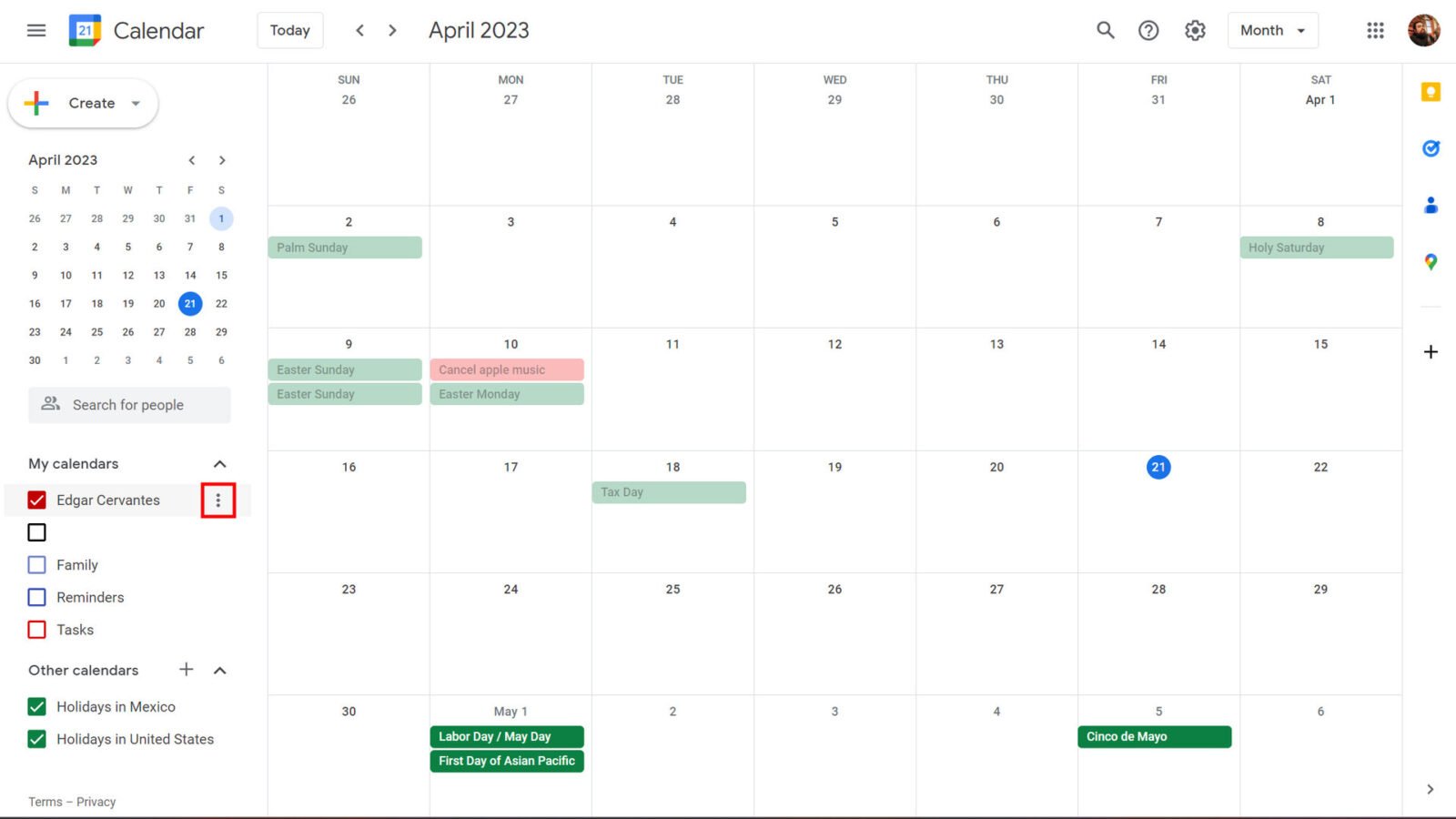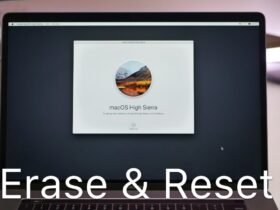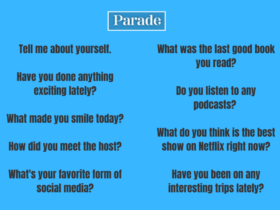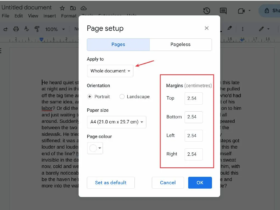In today’s fast-paced world, managing schedules efficiently is crucial, whether for personal or professional reasons. Google Calendar has become a go-to tool for many individuals and teams, offering a user-friendly interface and powerful features for organizing events and appointments. One particularly useful feature is the ability to share calendars with others, facilitating collaboration and coordination. In this article, we’ll explore the various methods and best practices for sharing your Google Calendar effectively.
Understanding Google Calendar Sharing
Before diving into the specifics of how to share your Google Calendar, it’s essential to understand the different sharing options available. Google Calendar offers several levels of access when sharing calendars with others:
- View Only: With this permission level, users can see events on the shared calendar but cannot make any changes or additions.
- Modify: Users with modify access can not only view events but also make changes to them. This includes adding new events, editing existing ones, and deleting events.
- Make Changes and Manage Sharing: This level of access grants users full control over the shared calendar. In addition to viewing and modifying events, they can also share the calendar with others or change sharing settings.
By selecting the appropriate sharing settings, you can ensure that collaborators have the necessary level of access to your calendar while maintaining control over who can make changes.
Sharing Your Google Calendar
Now that we have a basic understanding of the sharing options available let’s explore how to share your Google Calendar:
- Share with Specific People:
Sharing your calendar with specific individuals is a straightforward process. Here’s how to do it:- Open Google Calendar and find the calendar you want to share in the left-hand sidebar.
- Hover over the calendar’s name and click on the three vertical dots that appear.
- Select “Settings and sharing” from the dropdown menu.
- Scroll down to the “Share with specific people” section and click on “Add people.”
- Enter the email addresses of the individuals you want to share the calendar with and select their permission level (view only, modify, or make changes and manage sharing).
- Click “Send” to share the calendar with the selected individuals.
- Make Your Calendar Public:
If you want to share your calendar more broadly, you can make it public. Here’s how:- Follow steps 1-3 above to access the calendar settings.
- Scroll down to the “Access permissions” section.
- Check the box next to “Make available to public” to make your calendar visible to anyone with the link.
- You can also adjust the permission level for public users (view only, modify, or make changes and manage sharing).
- Click on the “Get shareable link” option to copy the link to your calendar.
- Share the link with anyone you want to give access to your calendar.
- Embed Your Calendar:
Another option for sharing your calendar is to embed it on a website or blog. Here’s how:- Follow steps 1-3 above to access the calendar settings.
- Scroll down to the “Integrate calendar” section.
- Copy the HTML code provided.
- Paste the HTML code into the HTML editor of your website or blog.
- Adjust the width and height settings as needed.
- Save or publish your changes to make the embedded calendar visible to visitors.
Best Practices for Sharing Google Calendar
Now that you know how to share your Google Calendar let’s discuss some best practices to ensure smooth collaboration:
- Be Selective with Permissions:
When sharing your calendar, consider carefully who needs access and what level of access they require. Avoid granting more permissions than necessary to minimize the risk of accidental changes or deletions. - Use Descriptive Event Titles:
When adding events to a shared calendar, use descriptive titles that make it easy for collaborators to understand what the event is about. This will help prevent confusion and ensure everyone is on the same page. - Color Code Events:
Google Calendar allows you to color code events based on categories or themes. Take advantage of this feature to visually distinguish between different types of events, making it easier to scan the calendar and understand what’s happening at a glance. - Regularly Review Sharing Settings:
Periodically review the sharing settings for your calendar to ensure they reflect your current needs. Remove any unnecessary permissions or revoke access for individuals who no longer require it. - Communicate Changes Effectively:
If you make changes to a shared calendar that could affect others, communicate those changes promptly. This could include adding or removing events, changing event details, or adjusting sharing settings.
Conclusion
Sharing your Google Calendar can greatly enhance collaboration and coordination among individuals and teams. By understanding the different sharing options available, following best practices, and communicating effectively, you can make the most of this powerful tool. Whether you’re coordinating schedules with coworkers, organizing family events, or managing appointments with clients, Google Calendar’s sharing features can help streamline the process and keep everyone on the same page.




